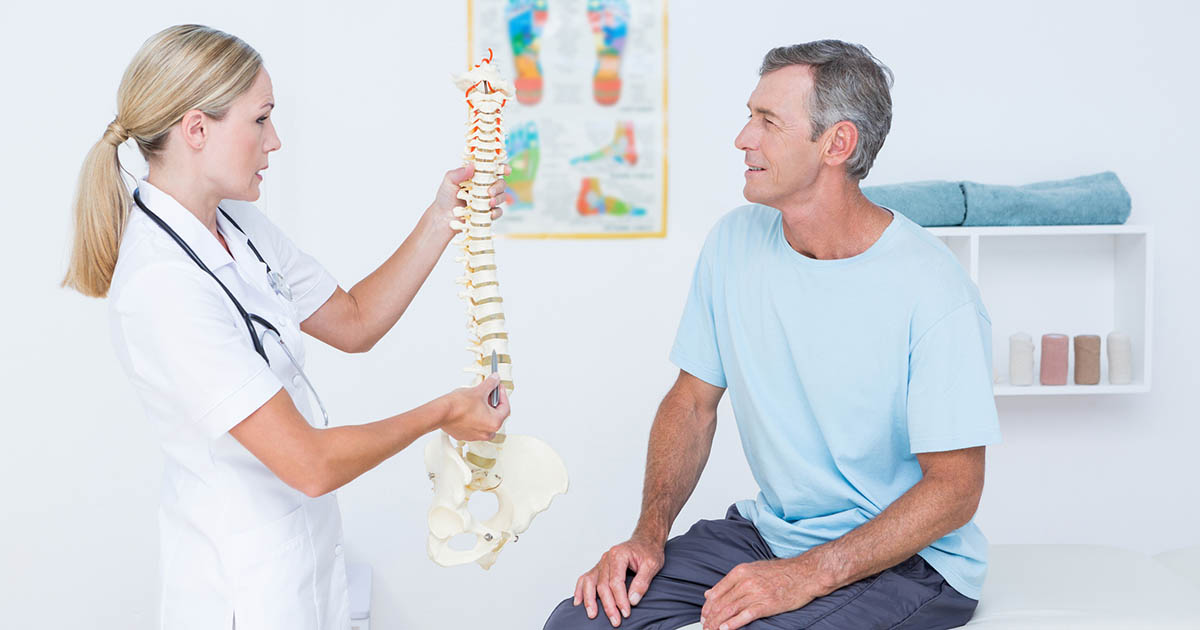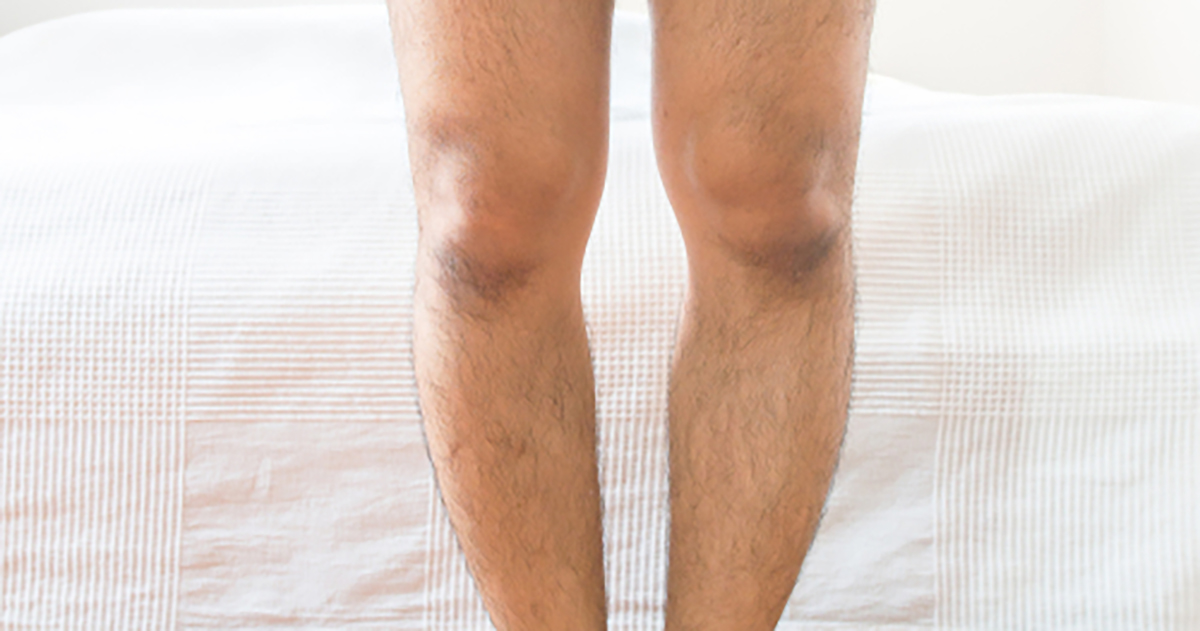Signs Of Osteogensis Imperfecta
Bowed Legs or Arms
Bowed legs or arms are more common in moderate to severe cases of osteogenesis imperfecta than in Type I. However, Type I children might experience more frequent dislocations of their shoulders and elbows than the average child.
Type II infants are usually born with exceedingly short limbs and legs positioned like a frog's. The femurs will be very short and telescoped. Infants will show evidence of having their longer bones malformed while in the womb. Type III infants will have mildly bowed and shortened limbs when they're born, and it's also common for long-bone fractures to occur at birth.
In Type IV patients, bowing of the legs and arms might occur at birth, but it's not necessarily common. Some signs of bone malformation may occur and result in diagnosis at birth. However, some children will not have the condition diagnosed until later, as many don't experience fractures until they begin walking.
Keep reading to discover more about the major signs of osteogenesis imperfecta now.
Scoliosis Or Kyphosis

Scoliosis or kyphosis will usually present in an osteogenesis imperfecta patient. Scoliosis is an abnormal curvature of the spine, and kyphosis is a spinal deformity that often appears in individuals who have OI. Spinal compression fractures might lead to individual vertebrae having deformities as well.
Scoliosis makes the spine appear in a 'C' or 'S' shape. Two parts of osteogenesis imperfecta contribute to the high rate of scoliosis among OI patients. The ligaments associated with these patients have a high rate of laxness. Additionally, the complex vertebrae may develop individual deformities thanks to the lack of adequate collagen levels.
Compression fractures in the vertebrae can be very painful. They occur in conjunction with any activity that causes spinal jarring. The spinal bones become deformed by the fractures over time, which can make scoliosis worse.
Scoliosis can increase a patient's pain levels while significantly reducing their mobility, which can be very serious, as it limits the ability to develop adequate bone mass. Additionally, severe scoliosis can interfere with the ability to breathe normally.
Continue for more signs of osteogenesis imperfecta now.
